Seokbinggo (Stone Ice Storage) (경주 석빙고)
3.0 Km 24923 2020-04-06
Inwang-dong, Gyeongju-si, Gyeongsangbuk-do
+82-54-779-6100
Seokbinggo means a freezer made of rocks. It is an ancient refrigerator only in Korea. It is located in Gyeongju, the ancient capital of the Silla Era (BC57-AD935). The appearance of this wonderful vestige is humble and simple. But you will not be disappointed at the entrance of the freezer. You can feel the cold from inside the structure. Half of Seokbinggo is underground while the other half is above ground, signifying the scientific propensity of Korea. The floor, walls, and ceiling are made of granite and have an airway. The walls are covered with limestone to keep off moisture and water. The floor is slanted to allow melted ice to funnel out. Frozen ice was popular for the upper class. From historical annals, it is assumed that Seokbinggo was made at least 1,500 years ago. Seokbbingo has been designated as National Treasure No. 66.
La Fleur (라플레르)
3.1 Km 0 2024-02-28
421-11 Alcheonbuk-ro, Gyeongju-si, Gyeongsangbuk-do
La Fleur is a hanok café located near the UNESCO World Heritage Site Hwangnyongsa Temple. It offers a selection of beverages and simple meals like bibimbap and its signature menu item, avocado myeongnan bibimbap (avocado and pollack roe bibimbap). The café boasts a beautifully curated garden adorned with various trees and ornaments, while the interior is adorned with potted plants and decorative items.
Gyeongju Wolseong Palace Site (Banwolseong Fortress) (경주 월성(반월성))
3.2 Km 25901 2023-01-03
Inwang-dong, Gyeongju-si, Gyeongsangbuk-do
+82-10-3226-6390
This was the location of the palace-fortress during the Silla dynasty (57 BC ~ AD 935). The fortress takes after its name, which, literally translates to mean a crescent moon shape on top of a hill. The famous history books of Samgukyusa mention that Silla’s 4th King Seoktalhae (AD 57~80) thought this area was an ideal spot for the fortress and bought the land from a nobleman. The 2nd King Namhae (AD 4~24) impressed by Seoktalhae’s actions, took him in as his son-in-law, later, becoming the 4th king. The area was then under Silla’s rule for 900 years, the last king being the 56th, Gyeongsoon (AD 927~935).
Although the magnificent grandeur of the palace is now just an empty lot, it has been told that this area was filled with imperial buildings during the Silla dynasty. Currently, the region of Wolseong has a freezer made out of rocks called Seokbinggo, an archery range, a horse-riding field, and a traditional playground, which resembles the grounds of the Joseon Period (the dynasty that ruled the Korean peninsula from 1392-1910).
Yosokkoong (요석궁)
3.2 Km 53074 2020-07-14
19-4, Gyochonan-gil, Gyeongju-si, Gyeongsangbuk-do
+82-54-772-3347
Named after Silla King Muyeol's daughter, Princess Yoseok, Yosokkoong serves traditional Korean food. The resturant is run by the Choi family, who settled on the site of Princess Yoseok's house during the Joseon dynasty, and has passed on the restaurant and family recipes through 12 generations. All the foods served are made with organic ingredients, for a healthy taste that cannot be found anywhere else.
Gyeongju Gyochon Traditional Village (경주 교촌마을)
3.3 Km 48056 2020-11-20
39-2, Gyochon-gil, Gyeongju-si, Gyeongsangbuk-do
+82-54-760-7880
At Gyeongju Gyochon Village, visitors can see the House of the Gyeongju Choi Clan (Important Folklore Material No. 27) and try some Gyeongju Gyodong Beopju Liquor (Important Intangible Cultural Asset No. 86-3). The village centers around the Gyeongju Choi Clan, a family known to have maintained their wealth for over 12 generations, producing many important people. Visitors can learn about the lifestyle and spending habits that enabled the family to do this. The village is also home to the site of Yoseokgung, the house of Silla Princess Yoseok. Nearby attractions include Gyerim Forest, Naemulwangneung Royal Tomb, and Gyeongjuhyanggyo Local Confucian School.
Silla Cultural Festival (신라문화제)
3.3 Km 7295 2023-09-14
Gyo-dong, Gyeongju-si, Gyeongsangbuk-do
+82-54-777-5953~4
Silla Cultural Festival is held to promote the excellence of Silla history and culture and to give pride to Gyeongju residents. The festival features a combination of traditional and modern aspects.
Silla Sori Festival - Emille (신라소리축제 에밀레전)
3.4 Km 5047 2021-01-08
274, Gyo-dong, Gyeongju-si, Gyeongsangbuk-do
• 1330 Travel Hotline: +82-2-1330 (Korean, English, Japanese, Chinese) • For more info: +82-53-427-5114
Silla Sori Festival mainly focuses on the King Seongdeok Divine Bell (Emille Bell), established during the Unified Silla period, and takes place in Gyeongju, embracing its thousand-year-old heritage. The festival has been held to acknowledge the value and legacy of this traditional Korean bell dating back to the Silla period.
Woljeonggyo Bridge (월정교)
3.4 Km 2725 2023-01-03
31, Gyochonan-gil, Gyeongju-si, Gyeongsangbuk-do
+82-54-779-6100
Woljeonggyo Bridge located in Gyo-dong, Gyeongju was built during the Unified Silla period (AD 676-935), but was burnt down during the Joseon dynasty. Through historical research, the bridge was rebuilt in April 2018 to become the largest wooden bridge in Korea. According to Samguk Sagi (History of the Three Kingdoms), the bridge was built during the 19th year of King Gyeongdeok’s reign (AD 760), connecting Wolseong and Namsan together. The historical research to rebuild the bridge lasted from November 26, 1984 to September 8, 1986, finding that the bridge was made with wood for the first time. The first rebuilding of the bridge was from 2008 to 2013 and the finishing touches were added from April 2016 to April 2018. Through this research and rebuilding process, future restoration of historical buildings have a better reference to use.
Gyeongju National Museum (국립경주박물관)
3.5 Km 73605 2023-07-12
186, Iljeong-ro, Gyeongju-si, Gyeongsangbuk-do
+82-54-740-7500
Gyeongju National Museum houses numerous historical and cultural artifacts of the Silla dynasty (57 BC-AD 935). The museum provides various programs including at the Children’s Museum School. The newly renovated Silla Art Gallery and Silla History Gallery lobby by Teoyang Studio are popular among visitors. This multi-complex center provides the history of Silla with various artifacts.
The Divine Bell of King Seongdeok (성덕대왕신종)
3.6 Km 25673 2020-04-04
186, Iljeong-ro, Gyeongju-si, Gyeongsangbuk-do
+82-54-740-7500
The Divine Bell of King Seongdeok, the largest Korean bell preserved, stands 3.75-meter tall, has a lip diameter of 2.27 meters, and is 11 to 25 entimeters wide. In 1997, Gyeongju National Museum weighed it at 18.9 tons. The bell was cast to pay tribute to the memory of King Seongdeok. It was completed in 771 and named ‘The Divine Bell of King Seongdeok.’ However, because the bell was installed at Bongdeoksa Temple, it has also been called the Bell of Bongdeoksa.
The bell is also known as the Emile Bell, a name derived from an ancient legend in which a child was sacrificed in order to give sound to the bell, whose echoes of ‘em-ee-leh’ resemble the traditional Korean word for "mommy."
The tubular sound pipe at the top of the bell that helps the sound reverberate is a unique feature that can be found only in Korean bells. The yongnyu, which serves as a loop to hang the bell, has been decorated to resemble a dragon’s head. A band of arabesque patterns can be found at the shoulder, and the striking point of the bell is in the shape of a lotus flower.
The magnificent design and inscription methods used in this bell exemplify the artisan's craftmanship of the Unified Silla period. The bell is also inscribed with over one thousand Chinese characters, and its beauty and integrity have been meticulously preserved despite the passage of over 1,300 years.
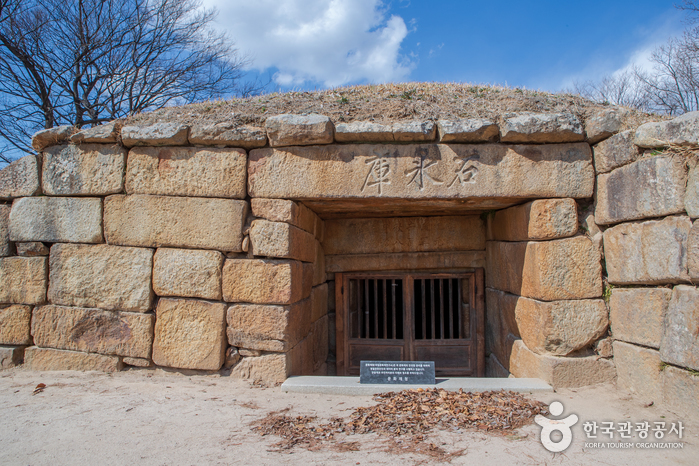
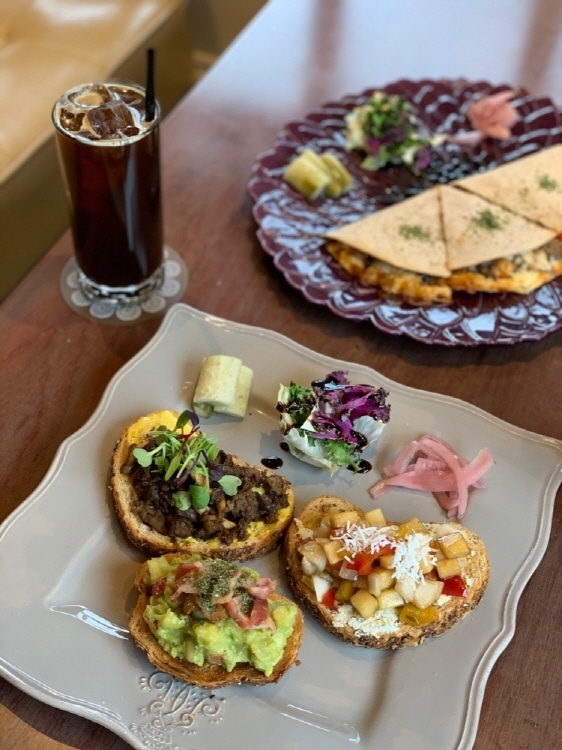
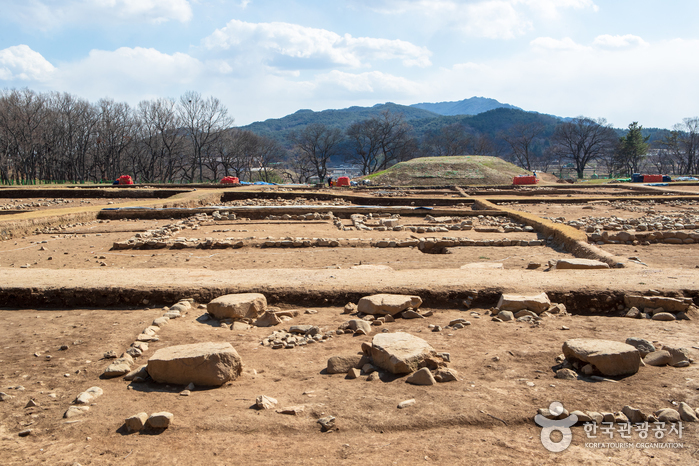
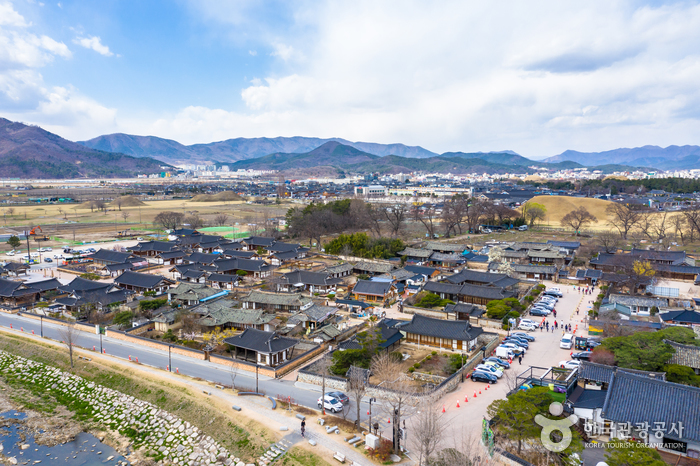

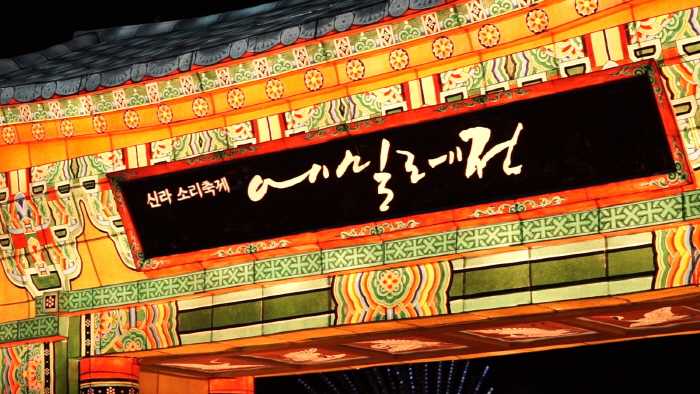

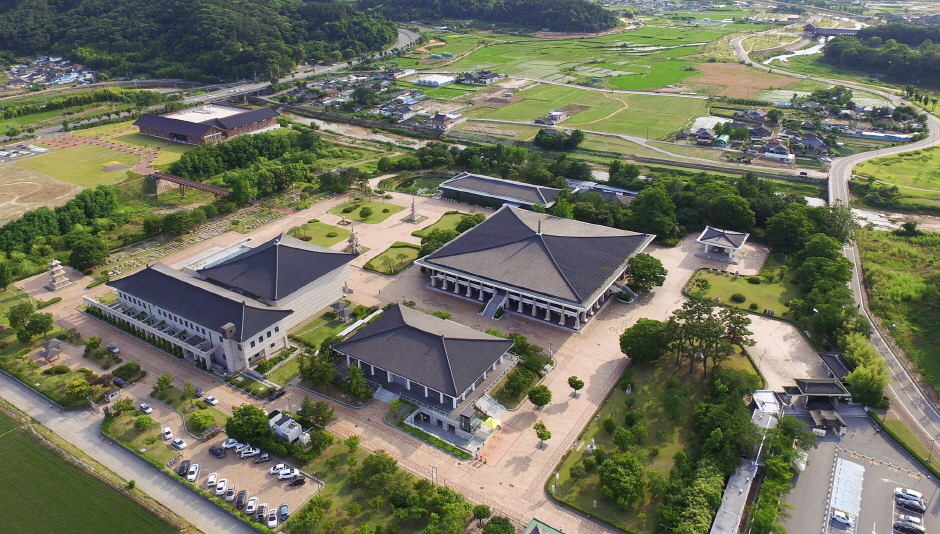
 English
English
 한국어
한국어 日本語
日本語 中文(简体)
中文(简体) Deutsch
Deutsch Français
Français Español
Español Русский
Русский